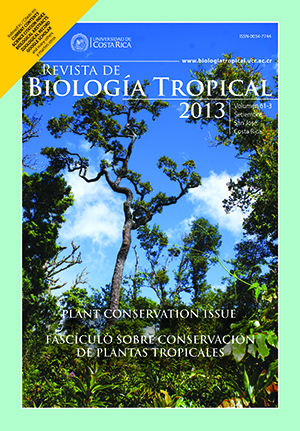Abstract
Mosquito coil is a vector control option used to prevent malaria in low income counties, while some studies have addressed this issue, additional reseach is required to increase knowledge on the adverse health effects caused by the prolonged use of coils. In this study we investigated the toxicological effects of fumes from two locally manufactured mosquito coil insecticides (with pyrethroids: transfluthrin and d-allethrin as active ingredients) on male albino rats. For this, we recorded the haematological and biochemical indices, and made histopathology and mutagenicity evaluations in rats exposed to mosquito fumes during 2, 4, 8, 12 and 16 week periods. Haematological determination was performed using automated hematology analyzer to determine White Blood Cell (WBC), Packed Cell Volume (PCV), Red Blood Cell (RBC) and Platelet (PLT) counts, while biochemical evaluations were determined using available commercial kits. Gross histopathological changes were studied for the kidney, liver and lungs in sacrificed rats. The rat sperm head abnormalities assessment was used to evaluate mutagenicity. Mosquito coil fumes produced significant increase (P<0.05) in the levels of total protein, total albumin and bilirubin, when animals were exposed from two weeks to 16 weeks with transfluthrin. Similarly, elevation in the activities of aspartate amino transferase, alanine amino transferase and alanine phosphatase, increased significantly in both insecticides. Increase in WBC, RBC and PCV were recorded for all the exposure periods, however PLT count showed no significant increase (P>0.05). Mutagenicity assessment revealed sperm abnormality was statistically significant (P<0.05) compared with the control at 8, 12 and 16 weeks post exposure to transfluthrin. Histological studies revealed severe lung damage evidenced by interstitial accumulations, pulmonary oedema and emphysema in exposed rats. Intracellular accumulations and severe sinusoidal congestion of liver cells were observed from 12 weeks exposure, indicating liver damage. Our studies indicate that mosquito coil fumes do initiate gradual damage to the host. These pathological effects must be taken into consideration by the malaria control program, particularly when regulating their long term and indoor usage.##plugins.facebook.comentarios##
Downloads
Download data is not yet available.


